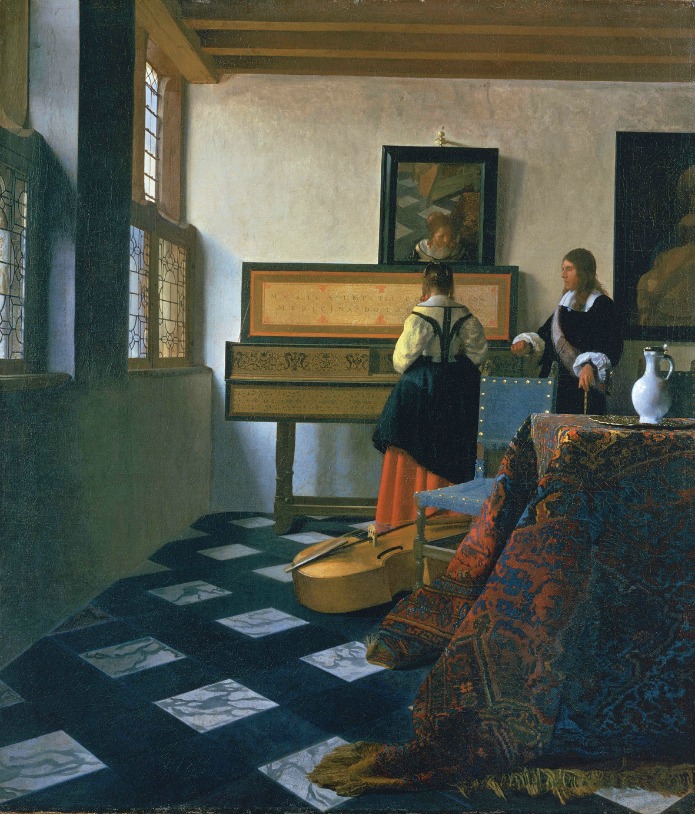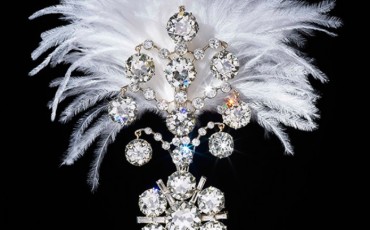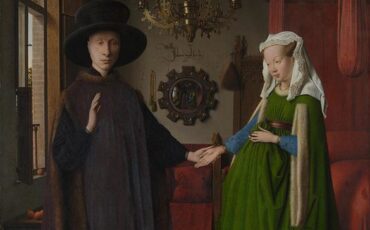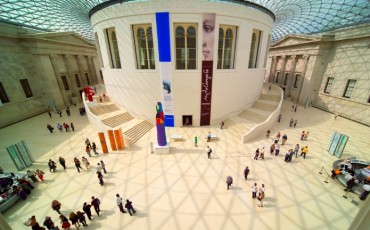Launching on 13th November 2015 at The Queen’s Gallery, Buckingham Palace is a new exhibition titled: Masters of the Everyday: Dutch Artists in the Age of Vermeer.
The Dutch artists of the 17th century painted ordinary people doing everyday things. They offer us a glimpse into the rumbustious life of village taverns and peasant cottages, and the quiet domesticity of courtyards and parlours. While the subject matter may be ordinary – the preparation of food, eating and drinking, the enjoyment of music or a family game – the painting is rich and jewel-like, with equal attention paid to a discarded clay pipe as to a fine silk drape. The meticulously documented details often allude to a work’s deeper meaning or to moral messages that would have been familiar to the contemporary viewer.
Presenting 27 masterpieces from the Royal Collection, the exhibition includes works by Gerrit Dou, Gabriel Metsu, Jan Steen and Pieter de Hooch, and Johannes Vermeer’s A Lady at the Virginal with a Gentleman, ‘The Music Lesson’. The Masters of the Everyday: Dutch Artists in the Age of Vermeer exhibition is on from 13 November 2015 to 14 February 2016 at The Queen’s Gallery.

Lady at the Virginals with a Gentleman or The Music Lesson, 1662-5. Photo: © Royal Collection Trust, Her Majesty Queen Elizabeth II 2015.







Leave a Reply